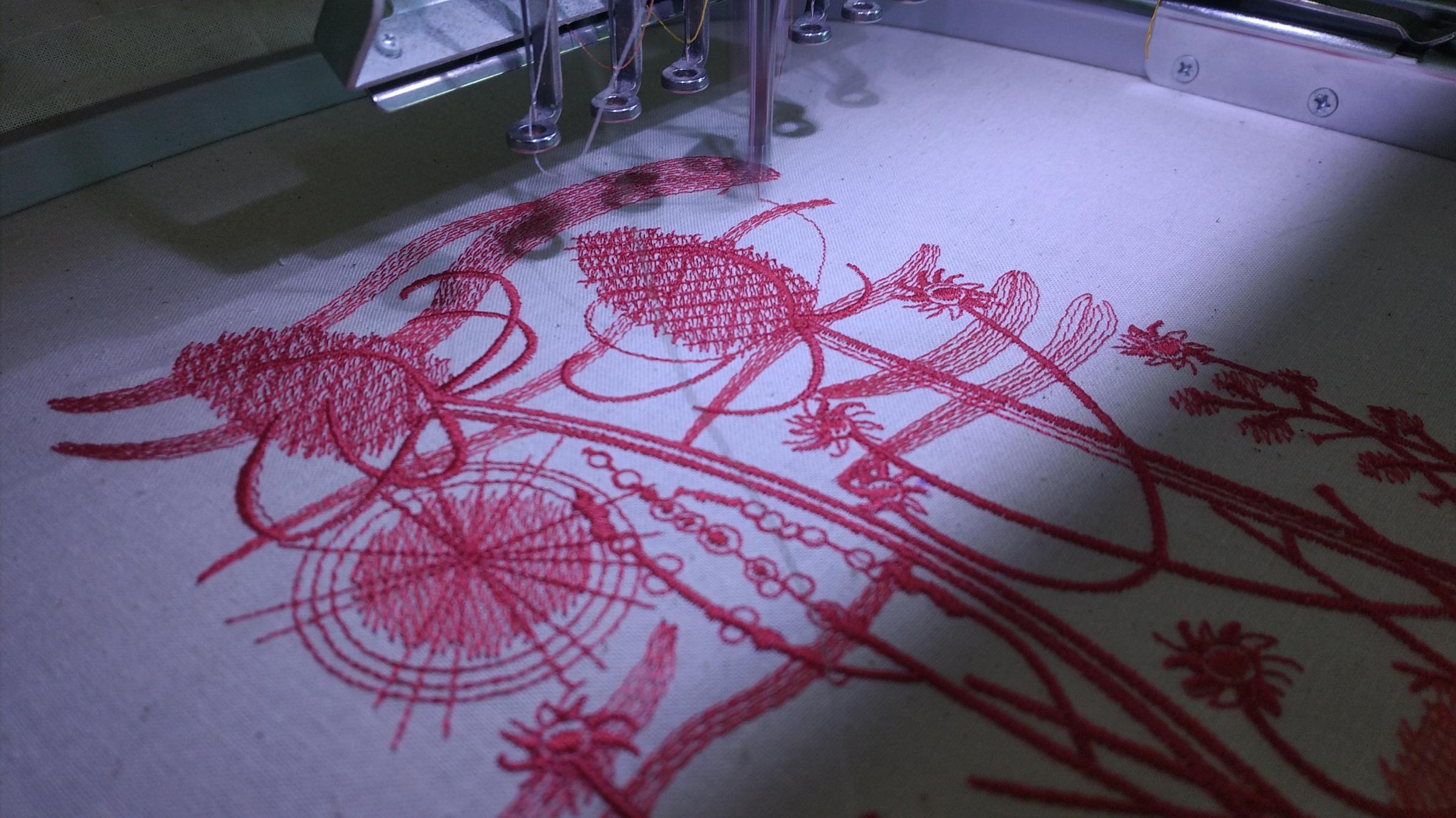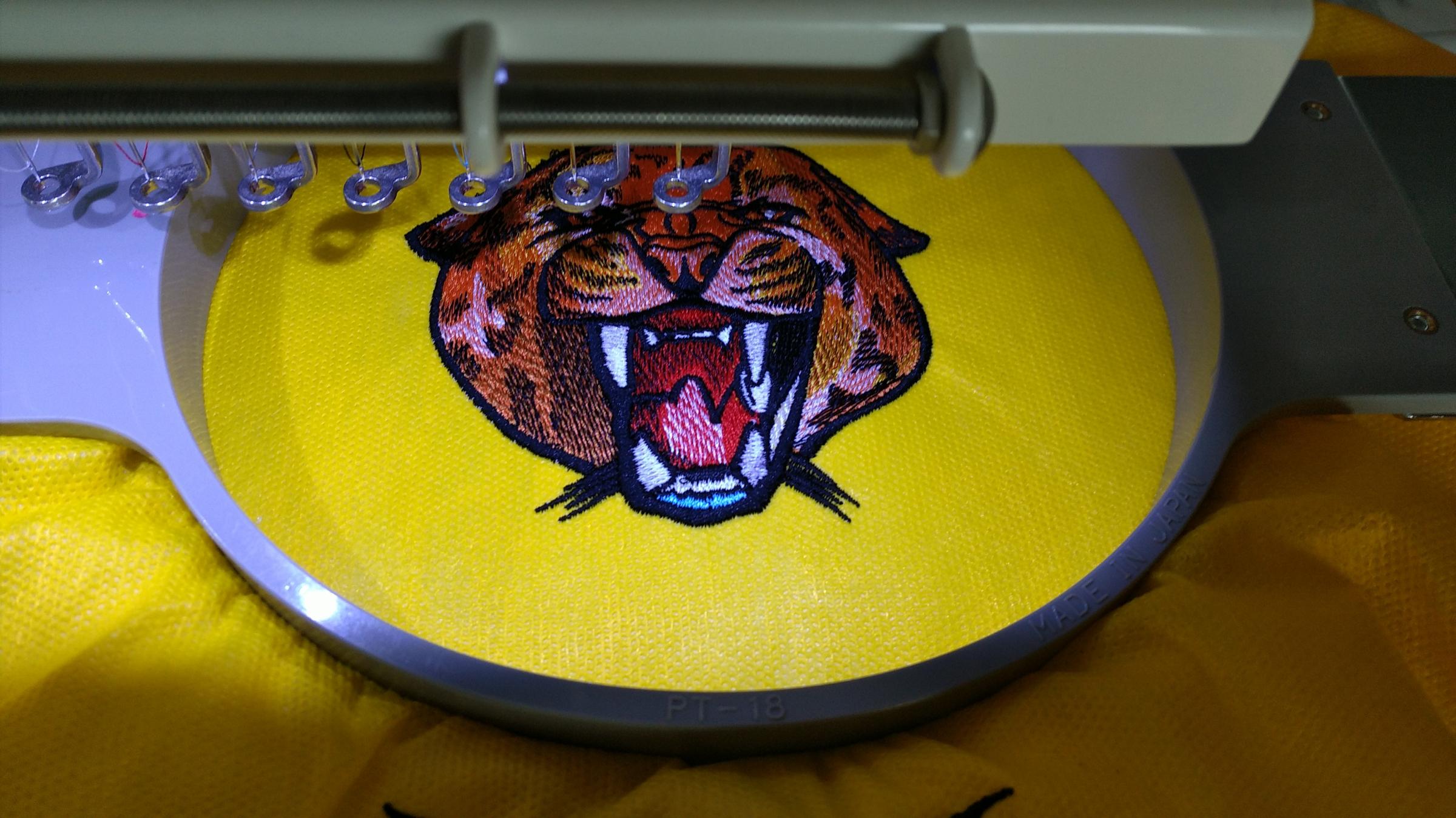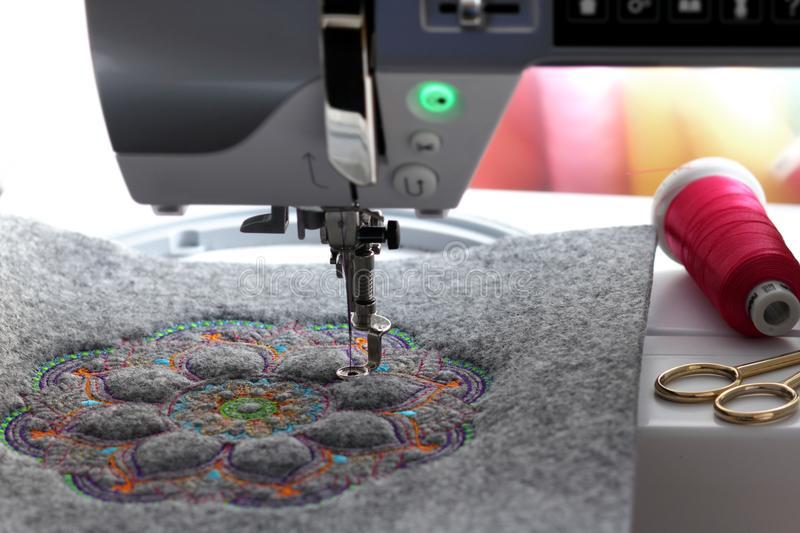Embroidery is a fantastic way to give your items a fashionable touch. From T-shirts to baseball caps, embroidery has been a favored decorative option for ages due to its aesthetic appeal and longevity. But not all materials are created equal when it comes to achieving the ideal stitch.
Numerous factors must be taken into consideration when selecting a fabric for custom embroidery. Although most apparel items can be embroidered, selecting the right fabric can make all the difference.
Here's a simple guide to help you choose the best fabric for embroidery.
Why is Fabric Selection So Crucial? Embroidery, even when done by embroidery machine, is a delicate process. The designs can appear different on various fabrics, which is why embroiderers consider more than just the look and feel of a material. The material's construction is also considered when selecting the perfect fabric for an embroidery project.

Windy morning embroidery design
Most fabrics, including cotton, silk, linen, and wool, are woven, but their durability is determined by how tightly the material is woven. The tightness of a fabric's weave is referred to as its thread count. Non-woven fabrics such as felt are very robust and do not stretch much at all.
Challenging Fabrics Embroidery can be challenging if the weave of a particular material is not tight enough. Fabric that is not robust enough to support the weight of the design can become puckered or even tear. As a result, knits and other lightweight fabrics can be challenging fabrics for the embroidery process.
Don't despair if you encounter such fabrics. Many embroiderers use a stabilizer, an additional piece of material that helps support designs on flimsy fabrics. Stabilizers are often used to embroider knit T-shirts without puckering or other issues. However, some dense stitching designs can still be too heavy for knit fabrics, even with stabilizers.

Wild cheetah embroidery design
Durable Fabrics So, which fabrics are the go-to choices for embroidery? Cotton, linen, silk, and wool are all popular options because they are tightly woven fabrics. This creates a stable surface, which is perfect for embroidery. These fabrics can support denser and more complex patterns than lightly woven fabrics.
Cotton is frequently used to embroider handkerchiefs, T-shirts, and aprons. Jersey fabric is a bit stretchier but is usually made from a combination of cotton, wool, and synthetic fabrics, making it another excellent choice for embroidery designs (especially with the aid of a stabilizer). Cotton/polyester blends are another fantastic T-shirt option that offers greater breathability than cotton.
Other Factors to Consider When selecting a fabric for an embroidered item, there are several things to keep in mind, in addition to the fabric itself. You should also consider the color contrast between the thread and fabric of your item. Low-contrast color combinations may render delicate embroidery difficult to see.
It's also essential to consider the size of your design on the item. A tiny embroidered logo may look fantastic on a baseball cap, but it may get lost in the fabric of a T-shirt or jacket.
Embroidery designs is a delicate art that requires expertise to achieve the best possible results. The experienced team at Full Press Apparel is here to assist you in selecting the ideal fabric for your custom items, as well as the colors, design, and desired appearance.




There are no reviews to display.